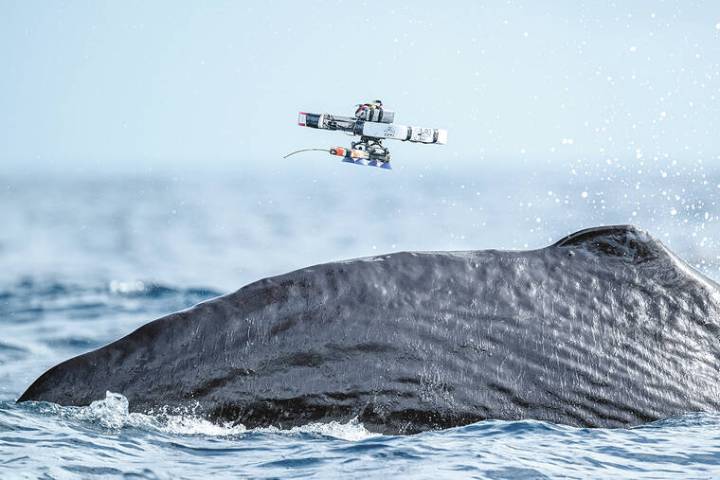In the waters off Dominica in the Caribbean, a drone descends from the sky toward a sperm whale. Instead of dropping a tag from above, this drone will press against the whale’s back to attach a specialized sensor. The tag’s suction cups will stick to the whale’s skin, allowing the device to record audio of these marine mammals communicating.
The technique, which researchers call tap-and-go, is described in a new study published last week in the journal PLOS One. The findings demonstrate that the approach is a possible way to gather vital scientific data while minimizing the disturbance to whales.
“This is definitely the future,” said Jeremy Goldbogen, a marine biologist at Stanford University who was not involved with the research. “It’s really exciting to see these new innovations,” he

 Hawaii Tribune-Herald
Hawaii Tribune-Herald

 WWSB
WWSB HowStuffWorks Animals
HowStuffWorks Animals NBC News
NBC News Los Angeles Times
Los Angeles Times CNN
CNN Associated Press Top News
Associated Press Top News AlterNet
AlterNet